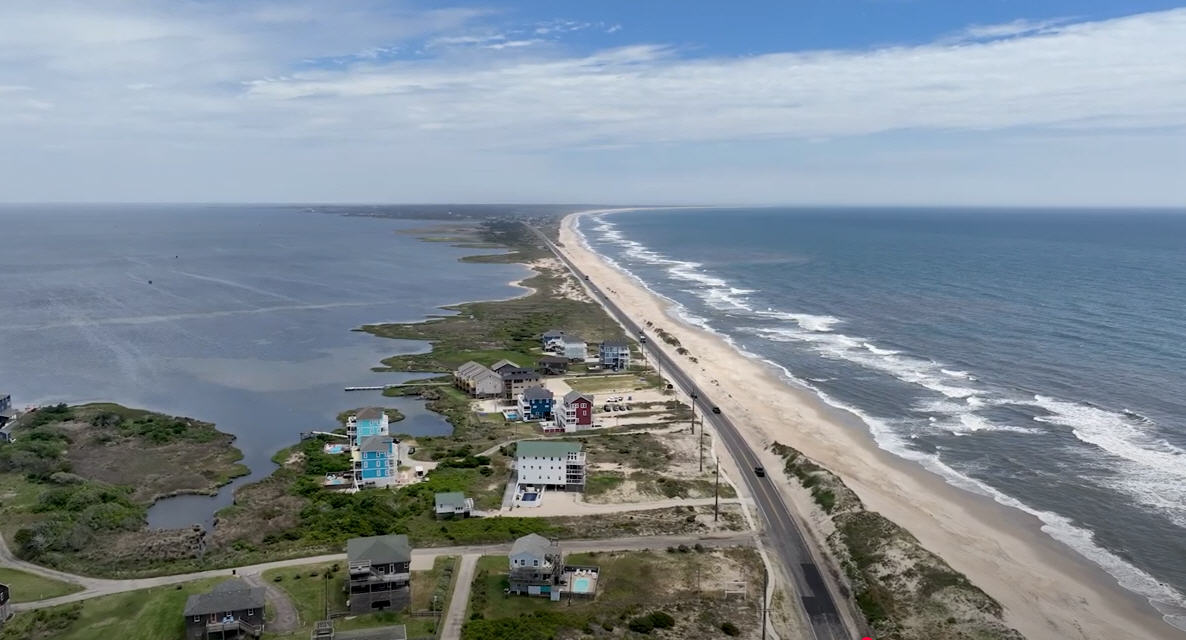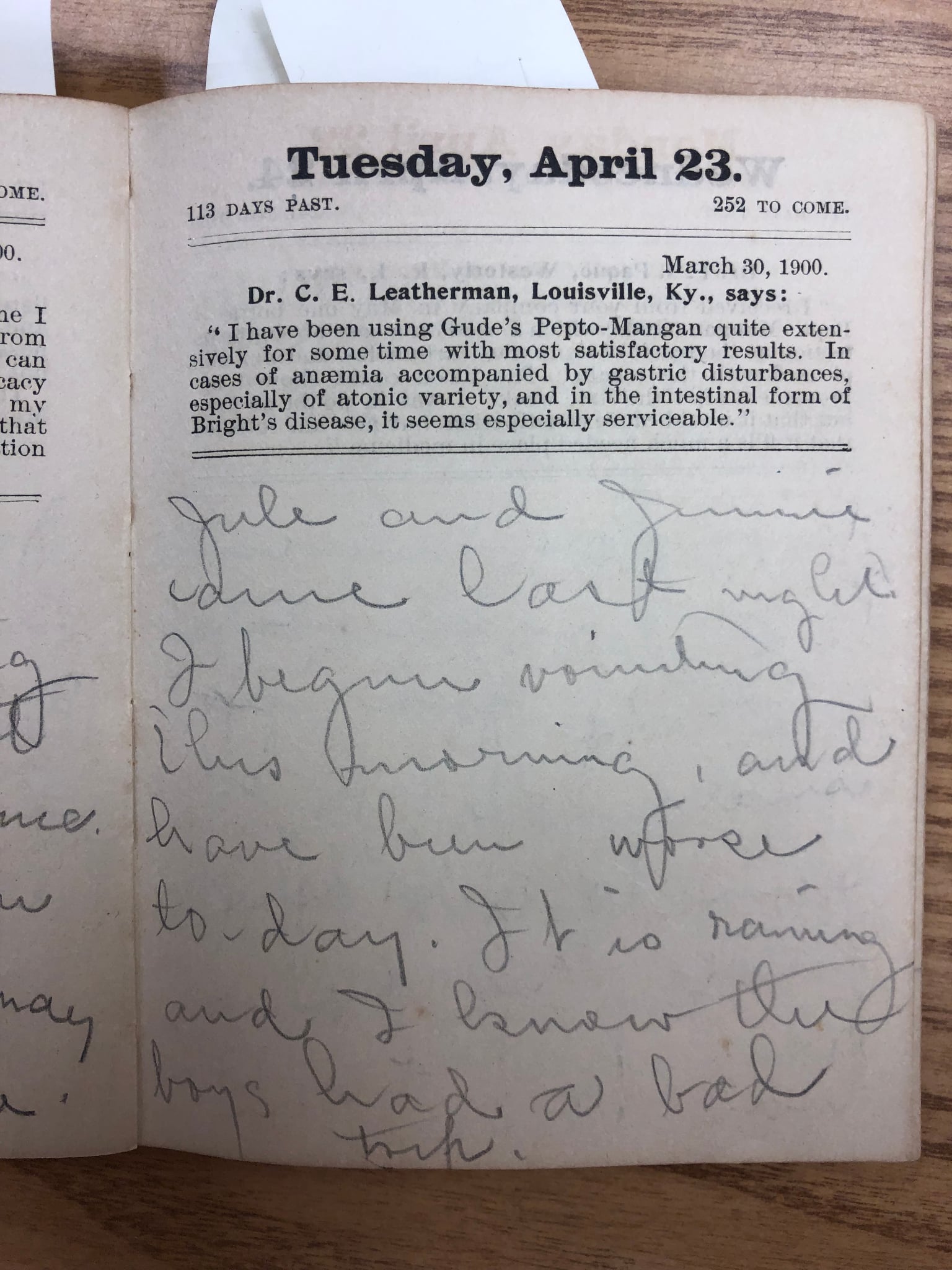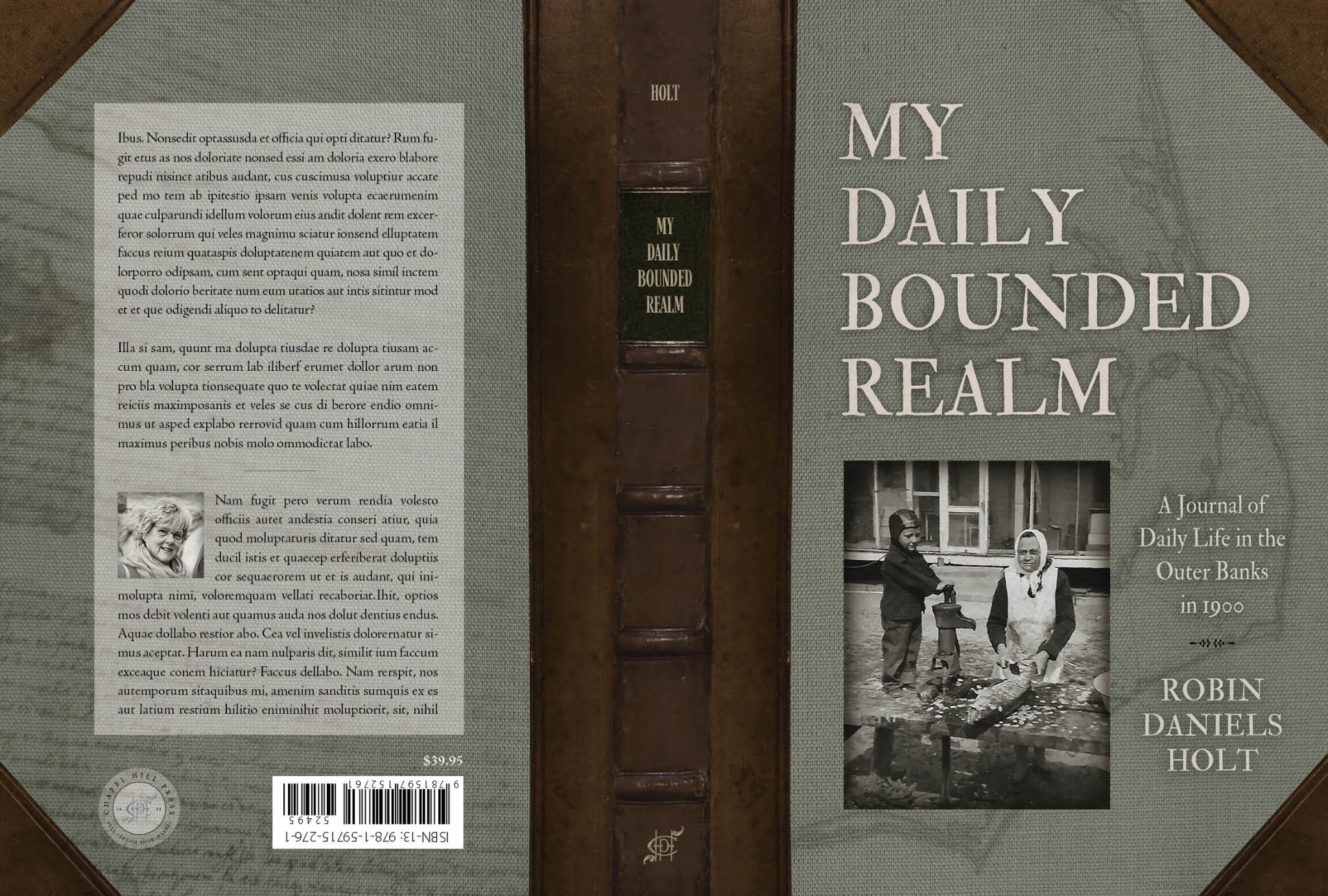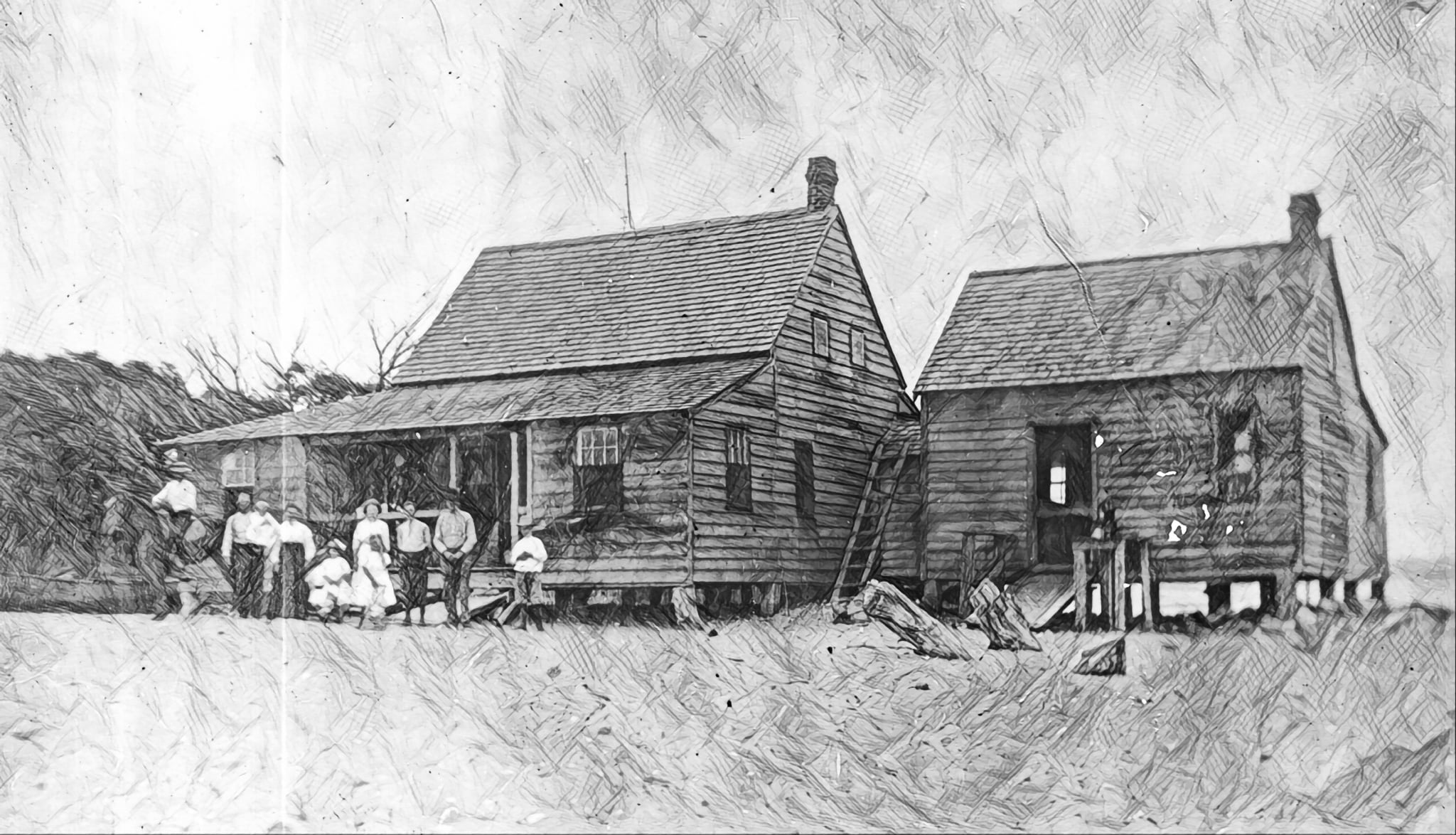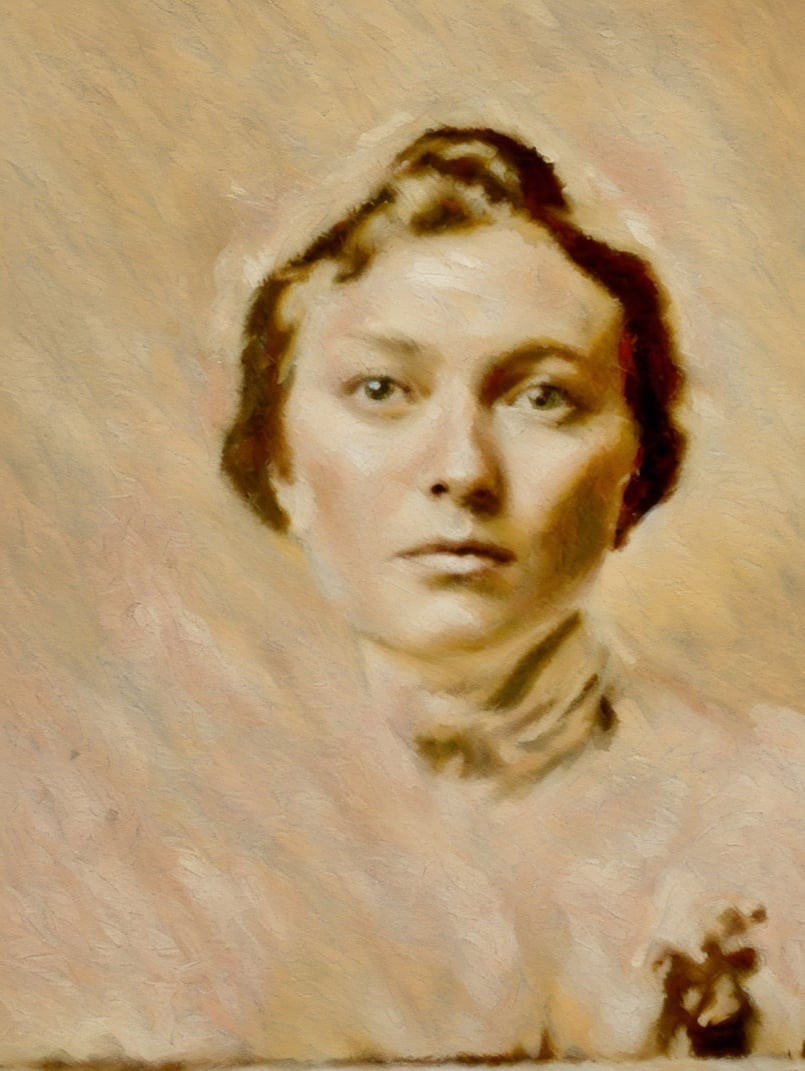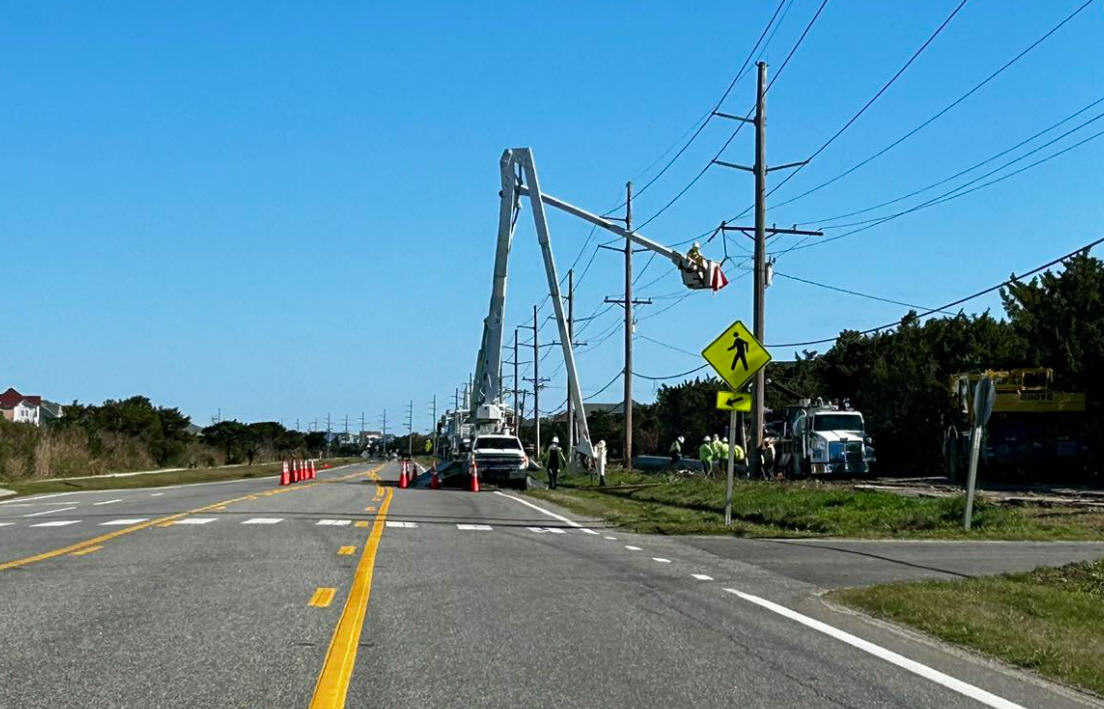Night Sky: Quadrantids meteor shower, and more highlights for January
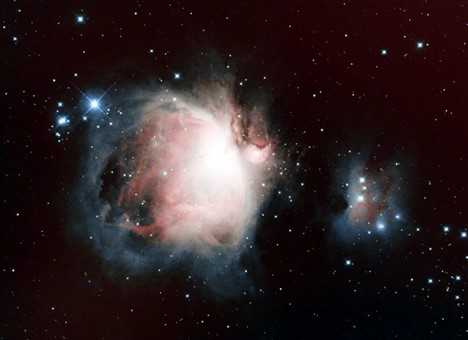
Look to Orion!
Orion is a very interesting constellate for several reasons. It’s probably one of the easiest constellations to find in the winter skies, and the name of its second brightest star is used in the name of two popular movies – (“Betelgeuse” and “Betelgeuse! Betelgeuse!”) – and it contains a lot of interesting nebulae.
The photo above is the Great Orion Nebula, M42 on the left, and its smaller neighbor, NGC 1975, on the right.
M42 has a visual magnitude of +4.0 and is easy to see with the naked eye. Simply look closely at the middle star of Orion’s sword and you should be able to note it appears to be fuzzy. This is because it’s surrounded by M42. Don’t be upset if you have a little trouble seeing M42. Even the famous astronomer Galileo missed it when he studied the region in 1610 and 1617.
M42 is about 1400 light years away from us.
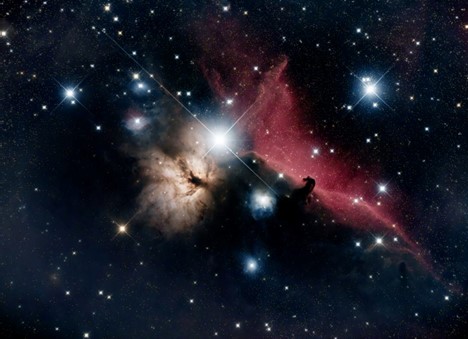
The next image contains the Flame Nebula (NGC 2024), Horsehead Nebula (IC 434), and several small reflection nebulae including NGC 2023 in the dark area between the Flame and Horsehead Nebula and IC 432 just above the Flame Nebula. The very bright star in the center of the image is Alnitak. It’s the first star in Orion’s Belt.
The Flame Nebula has a visual magnitude of +10.00. The Horsehead Nebula’s visual magnitude is +7.3. Both are believed to be about 800 light years away from us.
What you can look for in January’s Night Skies
On January 1, you might be able to see Mercury just before sunrise. It rises at 5:39 a.m. while the sun doesn’t rise until 7:11. Mercury has a visual magnitude of -0.4, so it’s pretty easy to spot just above the eastern horizon.
In the evening, the constellation Orion will be visible about 15 degrees above the ESE horizon. This could be a good chance to introduce your children to M42.
The evening skies feature Venus, Saturn, Neptune, and Jupiter, (going east to west), shortly after sundown. Mars will rise at 6:17 p.m. in the east.
The Quadrantids Meteor Shower peaks at 5 a.m. on January 3. This is one of my favorite meteor showers. The Quadrantids appear behind the handle of the Big Dipper. The center of the meteor shower rises in the NE at about 10:45 p.m. but you might see some shooting stars any time after dark by looking toward the northern horizon. The best viewing of the Quadrantids will be in the early morning at 5AM. Simply look towards the NE.
Moon Phases:
1st Quarter is January 6
Full Moon is January 13
Last Quarter is January 21
New Moon is January 29


